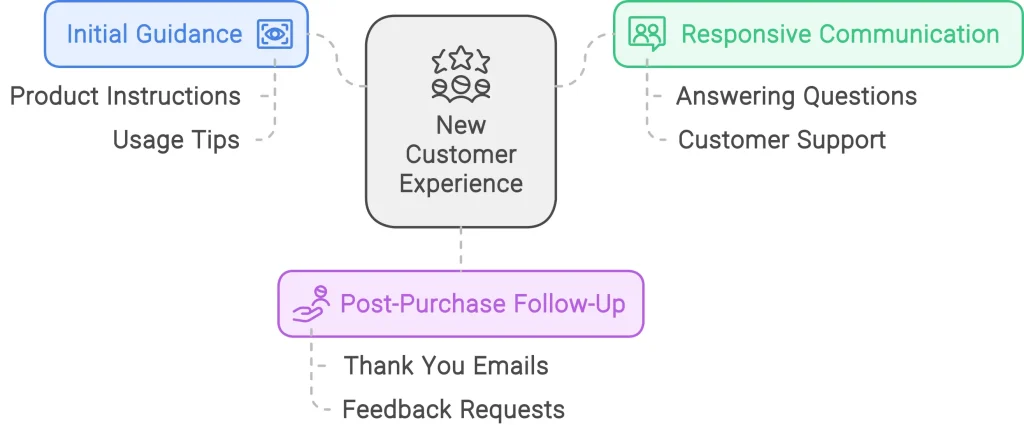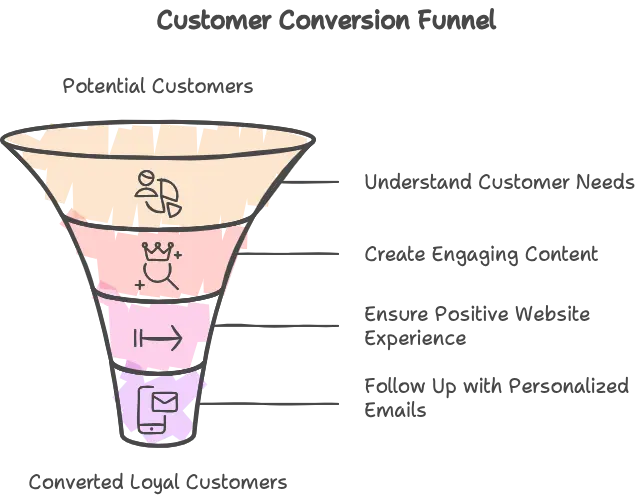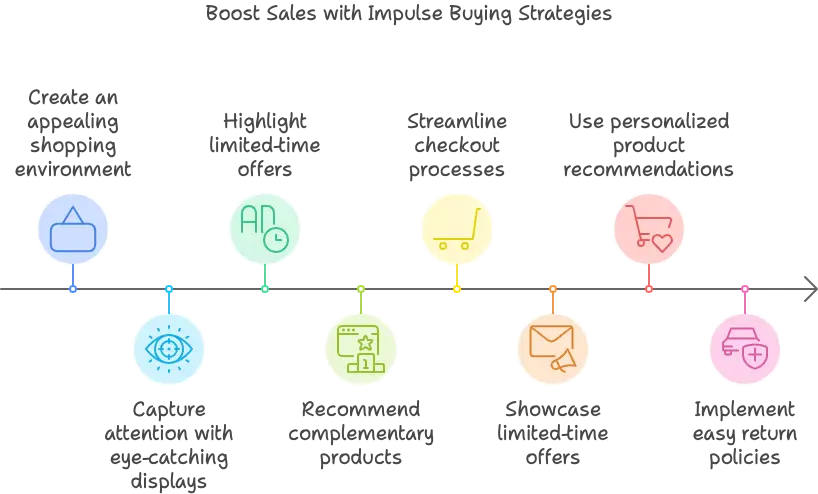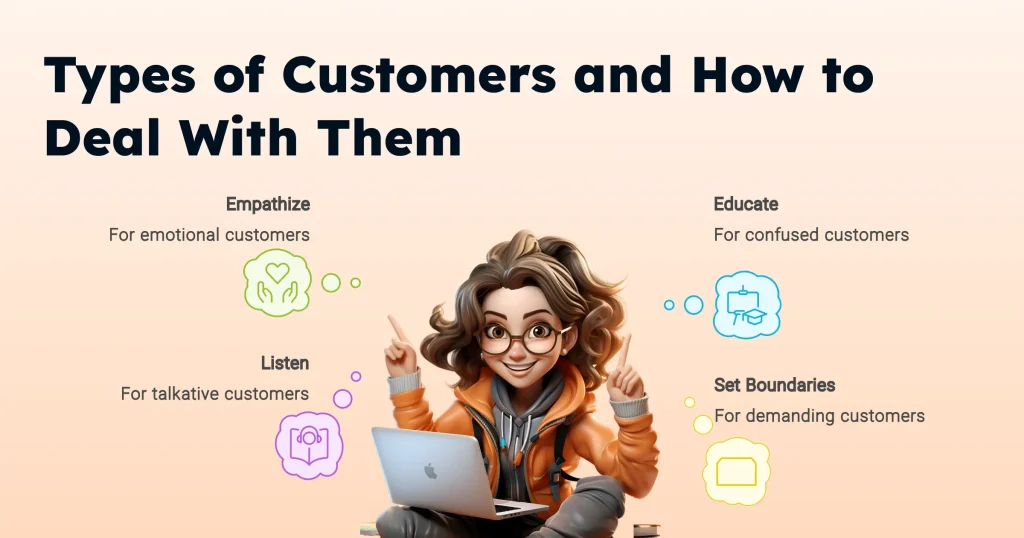You’ve probably encountered a variety of customers in your business dealings, each with their own unique traits and needs.
Understanding the 13 types of customers can greatly improve your approach and enhance your interactions. From the indecisive buyer to the loyal advocate, knowing how to engage each type effectively can lead to increased satisfaction and loyalty.
But how do you tailor your strategies to meet these diverse needs? Let’s investigate the nuances that can make all the difference in customer relationships.
Types of Customers
Understanding the different types of customers is essential for your business success.
Each type has unique behaviors and motivations that shape their buying decisions, so recognizing these differences can help you tailor your approach.
Understanding the Importance of Customer Types
Recognizing the significance of different customer types is crucial for businesses aiming to thrive in a competitive marketplace. By understanding customer types, you can tailor your marketing strategies and improve customer relationships.
Each type, whether loyal customers, impulse buyers, or discount seekers, has unique behaviors and motivations that need distinct engagement approaches.
For instance, loyal customers appreciate personalized communication, while informed customers seek detailed information. Meeting these diverse needs boosts customer satisfaction and fosters brand loyalty.
Segmenting customers based on shared characteristics allows you to allocate resources effectively and target your communications.
By leveraging data-driven insights into customer behavior, you can adapt your services, ensuring your business remains competitive and profitable in a rapidly changing market.
Types of Customers
When you look at your customer base, you’ll find different types, each with unique needs and behaviors.
Understanding the importance of customer service can greatly improve your interactions with these diverse groups, as exceptional service can lead to higher customer retention and loyalty.
You’ve got new customers who are just getting to know your brand, potential customers who are considering a purchase, impulse buyers who act quickly, discount seekers who hunt for deals, and loyal customers who stick around.
Understanding these types can help you tailor your approach, ensuring that you meet their expectations and enrich their complete experience.
1. The New Customer
When dealing with new customers, it’s essential to make their initial experience smooth and welcoming.
Offer clear guidance on how to use your products, and respond quickly to any questions they have.
Following up after their purchase can reassure them and help build a lasting relationship.

How to Deal with New Customers
New customers often bring fresh opportunities for your business, and understanding how to engage them effectively is essential for fostering long-term relationships.
Focus on smooth onboarding and provide thorough guidance on product usage.
Use personalized communication, prompt customer support, and follow-up messages to enhance customer satisfaction.
Ultimately, guarantee a positive website experience with easy navigation and valuable content to keep new customers exploring.
2. The Potential Customer
Regarding converting potential customers, you need to understand their path and what they require to make a purchase.
They often appreciate personalized communication, easy-to-use websites, and clear product benefits.

Strategies for Converting Potential Customers
Converting potential customers requires a strategic approach that addresses their unique needs during the information-gathering phase.
Focus on creating engaging content that highlights product benefits clearly.
Guarantee a positive website experience with easy navigation to elevate conversion.
Follow up with personalized emails to strengthen customer loyalty and improve customer retention through special promotions, encouraging potential customers to take decisive action.
3. The Impulse Buyer
To encourage impulse purchases, you need to create an appealing shopping environment that captures attention.
Use eye-catching displays, highlight limited-time offers, and recommend products that complement what they’re already considering.
Boost sales with impulse buying strategies

Encouraging impulse purchases hinges on creating an engaging shopping environment that triggers emotional responses.
To attract impulse customers, focus on:
- Streamlining checkout processes for quick transactions.
- Showcasing limited-time offers to create urgency.
- Using personalized product recommendations based on browsing habits.
- Implementing easy return policies to elevate confidence in spontaneous buys.
These strategies can greatly improve your sales.
4. The Discount Seeker
When you engage with discount seekers, it’s essential to offer clear value that goes beyond just low prices.
These customers respond well to promotions, so highlight any discounts, loyalty programs, or special offers that can entice them.
Offering Value to Discount Seekers
Offering value to discount seekers requires a strategic approach that goes beyond just slashing prices.
Consider these tactics:
- Highlight value propositions, emphasizing quality and benefits.
- Implement loyalty programs to reward repeat purchases.
- Communicate ongoing promotions clearly and timely.
- Use customer feedback to refine pricing strategies.
These methods help cultivate long-term relationships with discount seekers, ensuring they see value beyond just the price.
5. The Loyal Customer
Loyal customers are essential for your business’s success, so it’s crucial to nurture these relationships.
By offering personalized communication, exclusive deals, and seeking their feedback, you can improve their experience and keep them coming back.
Nurturing Loyalty for Long-Term Success
Building a strong connection with loyal customers is crucial for long-term success.
These customers make up about 20% of your customer base but contribute 80% of sales.
Focus on retaining existing customers by providing exceptional customer service and implementing loyalty programs.
Personalized experiences and rewards can encourage repeat business, further strengthening relationships and making loyal customers your best advocates for growth.
6. The Angry Customer
When you encounter an angry customer, it’s crucial to focus on defusing their anger and providing effective solutions.
Start by listening carefully to their concerns, acknowledging their feelings, and clarifying the specific issues they’re facing.
How to handle an angry customer?

Dealing with angry customers requires a swift and empathetic approach, as their frustrations can escalate quickly if not managed effectively.
Here are some steps to help you:
- Use active listening to acknowledge their concerns.
- Offer clear solutions tailored to their issue.
- Follow up after resolution to guarantee satisfaction.
- Provide alternative solutions to turn their experience positive.
These actions can help rebuild trust.
7. The Curious Customer
When you encounter a Curious Customer, remember they’re looking for information before deciding to buy.
Make sure your website is easy to navigate, and provide resources like FAQs, product demos, and informative content to satisfy their need for knowledge.
Clear communication and quick responses to their questions can help turn their curiosity into a commitment to your brand.
Providing Information to Inquisitive Customers
Curious customers thrive on information, often spending considerable time researching before making a decision.
To effectively engage them, you should:
- Provide clear product details.
- Create engaging content, like FAQs and guides.
- Utilize live chat for immediate support.
- Personalize communication to address specific interests.
8. The Confused Customer
When you encounter a confused customer, your goal is to simplify their experience.
Start by actively listening to their concerns and providing clear, straightforward explanations of your products or services.
Utilizing FAQs and resource guides can also empower them to find answers on their own, making the process smoother and less frustrating.

Simplifying the Experience for Confused Customers
Clarity is crucial for confused customers exploring your products or services.
Here are four ways to simplify their experience:
- Use clear communication, avoiding jargon.
- Create a well-structured FAQ section for easy navigation.
- Offer live chat support for immediate assistance.
- Provide personalized responses to address specific concerns.
These strategies improve the customer experience, making confused customers feel valued and understood.
9. The Churned Customer
When a customer stops buying from you, it’s crucial to understand why they left.
By reaching out soon after they disengage, you can show them that their feedback matters and encourage them to return.
Tailoring your communication, like offering special promotions or asking for their opinions, can help rebuild trust and rekindle their interest in your brand.
Re-engaging with Churned Customers
Re-engaging churned customers requires a strategic approach that addresses their previous concerns and rekindles their interest.
Here are four effective tactics you can use:
- Conduct surveys to understand their reasons for leaving.
- Use personalized outreach, like tailored emails or offers.
- Implement loyalty programs to encourage return visits.
- Share updates on new products to improve the customer experience.
10. The Window Shopper
Window shoppers can be a valuable opportunity for your business, even if they don’t buy right away.
By creating an inviting environment, sharing product information, and using digital tools, you can capture their interest and guide them toward making a purchase.
It’s all about turning their casual browsing into a meaningful shopping experience.

Converting Window Shoppers into Buyers
Understanding a window shopper’s mindset is crucial for turning casual browsers into loyal buyers.
Create engaging website experiences that invite exploration, and use clear calls to action to simplify their path.
Incorporate social proof, like customer reviews, to build trust, and offer limited-time promotions to create urgency.
11. The Referring Customer
Referring customers are key players in growing your business, as they spread the word about their positive experiences.
To encourage them, consider implementing rewards programs, exclusive offers, or recognition for their referrals.
Encouraging and Rewarding Referrals
In relation to building a strong customer base, leveraging the power of brand advocates can make all the difference.
Here are four effective ways to encourage and reward referrals:
- Implement incentive programs for referring customers.
- Offer exclusive offers to both referrers and new customers.
- Foster community around shared values.
- Guarantee high-quality products and customer experiences.
These strategies can enhance trust and motivation for ongoing referrals.
12. The International Customer
When dealing with international customers, you need to adapt your support to meet their unique needs.
This means offering multilingual assistance, understanding local customs, and providing global payment options.
Adapting Support for Global Audiences
Maneuvering the complexities of international customers requires a keen understanding of their unique needs and preferences.
To adapt support effectively, consider these strategies:
- Implement localized support strategies that resonate with regional customs.
- Offer multilingual support options to overcome language barriers.
- Be aware of time zone differences for timely responses.
- Create tailored marketing materials that reflect local trends and payment preferences.
13. The Brand Advocate
Brand advocates are your most loyal customers, and they can greatly enhance your growth.
By recognizing their contributions and building strong connections, you can encourage them to share their positive experiences with others.
Focus on leveraging their advocacy through personalized communication, exclusive offers, and engaging them in your brand community for optimal impact.
Leveraging Advocacy for Growth
Advocates are the heart of your customer base, and they can be powerful allies in driving growth.
By nurturing relationships with brand advocates, you improve customer retention through personalized communication and exclusive rewards.
Encourage referrals to expand your reach and lower marketing costs.
Furthermore, utilize their feedback for product development, ensuring your offerings meet customer expectations and strengthen loyalty.
Conclusion
Understanding and tailoring your interactions with different types of customers can greatly increase your business success. By recognizing their unique needs, you create personalized experiences that encourage loyalty and satisfaction.
This approach not only improves customer relationships but also sets the stage for ongoing support and positive word-of-mouth.
Moreover, employing effective customer service techniques, such as listening actively, can help you connect with customers on a deeper level.
The Benefits of Understanding and Tailoring Customer Interactions
Tailoring customer interactions not only improves engagement but also greatly increases satisfaction and retention rates. When you understand customers and their unique needs, you can create tailored interactions that resonate with them.
For instance, loyal customers appreciate personalized rewards, while impulse buyers prefer quick purchasing options. By implementing effective retention strategies, you can address the specific preferences of each customer type. This approach fosters customer satisfaction, as individuals feel valued and understood.
In addition, data-driven insights allow you to nurture potential customers with relevant information, increasing conversion chances. Satisfied customers are more likely to share their positive experiences and refer others, strengthening your brand’s reputation.
Ultimately, understanding and adapting to your customers leads to lasting relationships and business growth.
FAQs
What are the most common types of customers?
Recognizing the different types of customers is key to driving sales and enhancing satisfaction.
Here are some of the most common types you’ll encounter:
New Customers: They need onboarding and reassurance to feel comfortable.
Price-sensitive Customers: These shoppers are motivated by discounts, so be ready to offer promotions.
Impulse Customers: They make spontaneous purchases, so guarantee a seamless shopping experience for them.
Angry Customers: They express dissatisfaction and require empathetic listening and prompt solutions.
Understanding these customer types helps you tailor your approach, making their experiences better and encouraging loyalty.
How do you classify customer types?
When classifying customer types, businesses often look at purchasing behavior, motivations, and levels of engagement.
To effectively understand your product and cater to different types of customers, consider these key classifications:
Loyal Customers: They return frequently and appreciate personalized communication.
Impulse Buyers: They make quick purchasing decisions, so a streamlined process works best.
Price-Sensitive Customers: They seek discounts and require clear terms and exceptional service.
Informed Customers: They value detailed information and meaningful dialogue.


